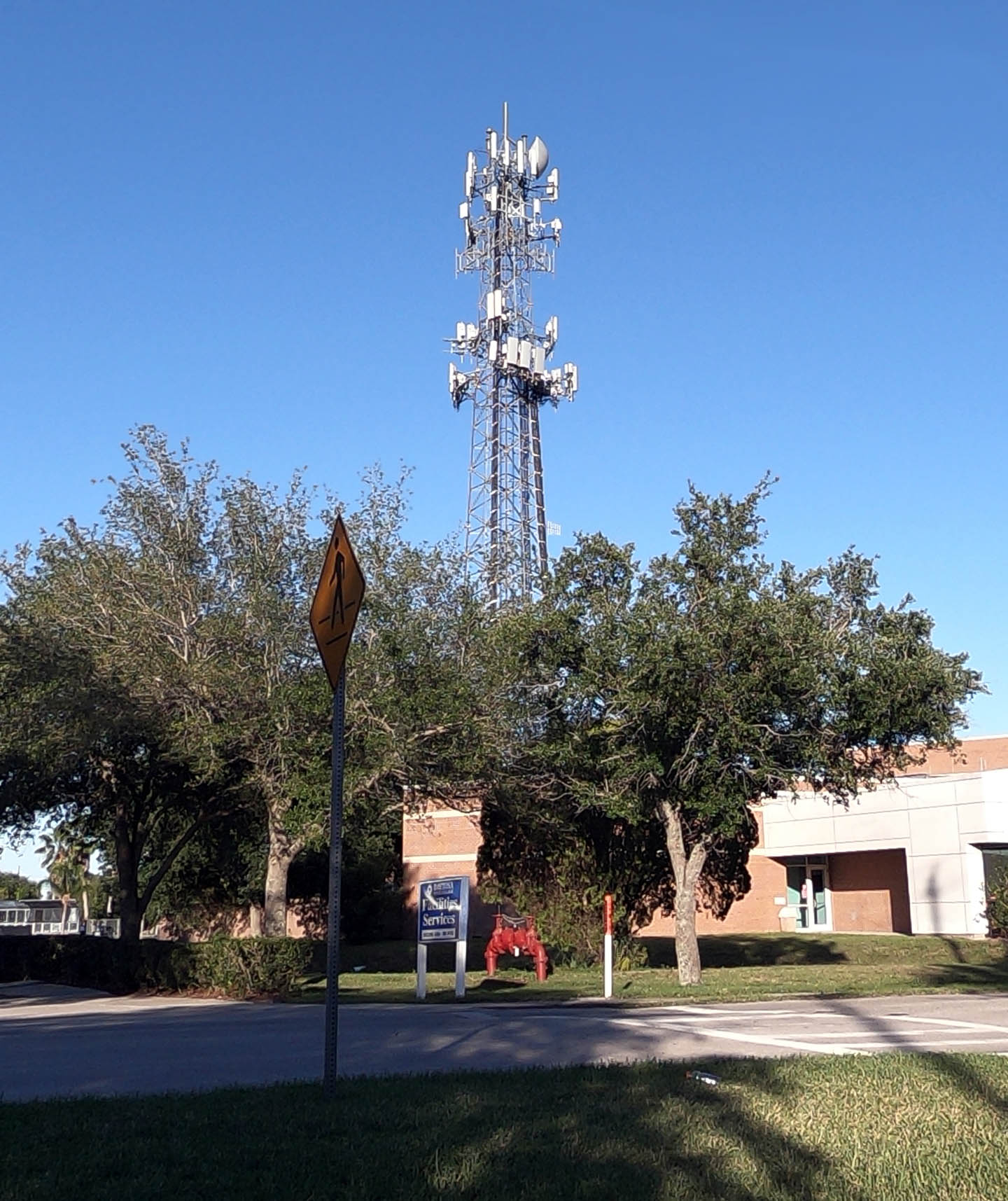If you've ever been through a town, you may have seen tiny 5G cell towers on street light poles. They appear like tiny boxes however, they're actually transmitting wireless signals from mobile providers to your phone.
They are replacing the larger built cell towers. Although they're not as visible but they can still create issues for users.
A Federal Communications Commission's Radiation Exposure Thresholds
The FCC's Radiation Exposure Thresholds define the safe distance that an individual can be exposed to electromagnetic energy from wireless devices. The exposure limits are based on research which show that the energy of RF could cause harm to health.
The specific absorption rate (SAR) is an indicator of the radiofrequency energy that is absorbed by tissue. safe distance from cell tower is typically 1.6 milliwatts per kilogram spread over a Gram of tissue.
However, because 5g transmits at higher frequencies and has the potential to create more energy on the skin and other exposed body areas. This can result in a wide range of potential harms, including exacerbated the development of skin conditions such as dermatitis, skin cancer and cataracts.

Because of the potentially negative effects of 5G radiation, PSU has chosen to create a general limits on power density, which is 4mW/cm2 averaged over 1 cm2, and not to exceed 30 minutes for all 5G services running at 3000 GHz. This limit for localization is in line with the maximum SAR that is spatially averaged at 1.6 W/kg, which is averaged over 1 grams of tissues at six GHz.
what is a safe distance from a 5g cell tower
In the event that you've used cell phone, you probably know that a safe range from the tower is around 400 meters. This is because the power of transmission from the cell tower is significantly increased the farther you are from it.
While what is a safe distance from a 5g cell tower sounds like an ideal idea, the reality is that people living in close proximity to towers might be more susceptible to health issues. For example, a study from 2014 in India found that those who lived within 50m of cell towers experienced much more health problems than those who lived farther distance from them.
However, this study also showed that residents who moved to areas further away from the cell towers saw their symptoms return to normal within a few days. Other studies have shown that exposure to high amounts of electromagnetic field radiofrequency (EMFs) can lead to cancer, brain tumors and other health issues.
This is because radiofrequency radiation, used in wireless communication, can penetrate the human body's exterior layer, called the skin. It is crucial to know since the skin functions as a shield against injuries caused by mechanical forces, infections from pathogenic microorganisms, as well as infiltration of toxic substances. Additionally, it is the biggest organ of the human body. It is responsible for protecting other organs.
The FCC's Minimum Exposure Thresholds
The FCC's Minimum Exposure Thresholds are based on numerous assumptions that are not supported by evidence from science. These include the erroneous belief that short-term exposures RF radiation are safe because of the minimal radiation penetration in the human body (i.e., tissue heating).
This assumption does not take into account the deeper penetration of the ELF elements of modulated radio signals and the effect on the body of short bursts from pulsed RF waves. These assumptions are not in line with current understanding of the biological consequences of RF radiation, and thus they shouldn't be used for health protective exposure standards.
In addition, the ICNIRP and FCC limit their maximum exposure limits to local peak SARs based on the maximum frequency of absorption (psSAR) which is not a sufficient dosimetric tool to assess the amount of exposure to RF radiation. Particularly it is inconclusive for frequencies that exceed 6 GHz. Furthermore, psSAR has not been tested for RF radiation with co-exposure to other environmental agents , such as sunlight. In the event of interactions, RF radiations with different agents in the environment could result in antagonistic or synergistic impacts. This could result in an increased risk of adverse health adverse effects. For example, exposure to RF radiation with sunlight may cause an increase in the incidence of skin cancer and exacerbate other skin disorders, such as acne.
